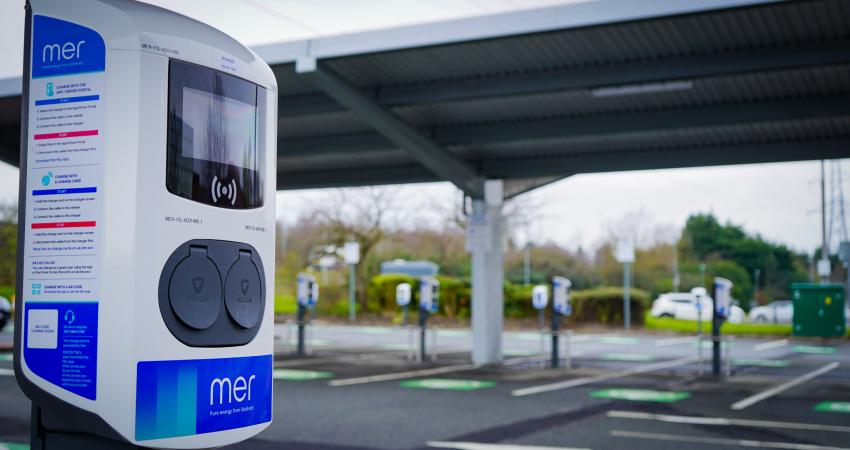
This partnership aims to enhance sustainable, local energy security, enabling hydrogen-powered electric vehicle charging without compromising grid stability or increasing consumer prices.
Jan Grimbrandt, CEO of Boson Energy, stated, "We are excited to join forces with Siemens to support global decarbonisation with our Waste-to-X solution. Siemens’ unique capabilities allow us to scale and reach markets worldwide from day one."
Siemens provides technology for every sector coupling stage, from chemical processes to charging stations. Their portfolio includes products, solutions, and services in automation, electrification, and instrumentation. As a technology partner, Siemens will help Boson Energy create a scalable solution using the latest digital services and software for optimisation, standardisation, and simulation during manufacturing and operation.
Boson Energy's Hydrogen by Plasma Assisted Gasification (HPAG) technology turns non-recyclable waste into sustainable hydrogen, competitive with fossil fuels. This hydrogen can support off-grid applications like fast charging and improve grid reliability.
Boson Energy targets over 300 plants to produce one million tons of circular hydrogen from waste by 2030, avoiding up to 30 million tons of CO2 emissions annually. Starting in Sweden, Poland, and Germany, they aim for a global presence.











